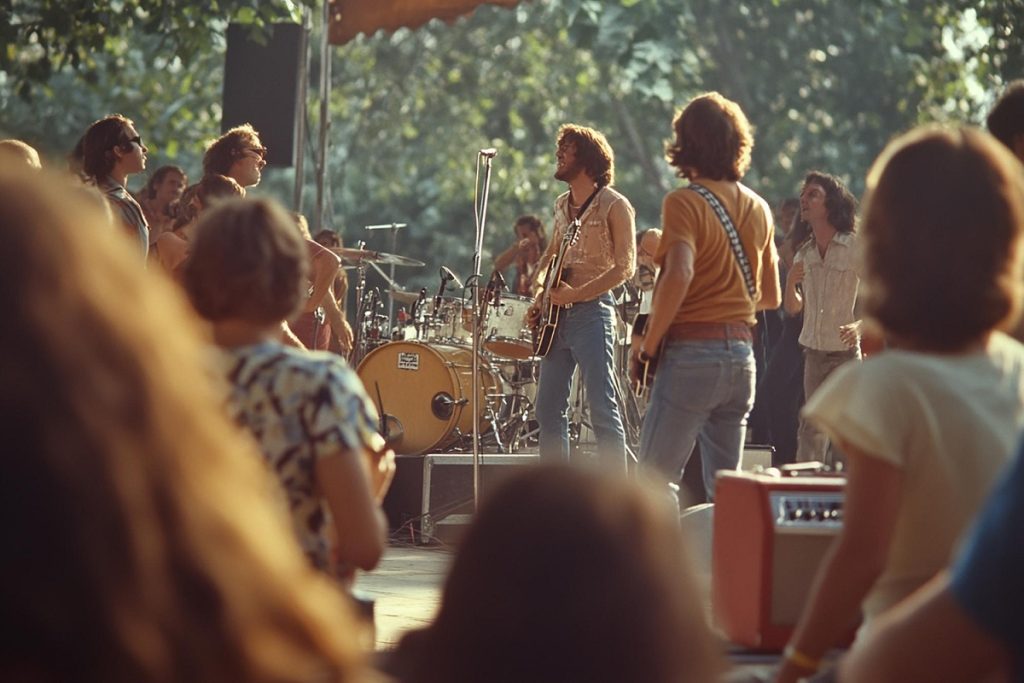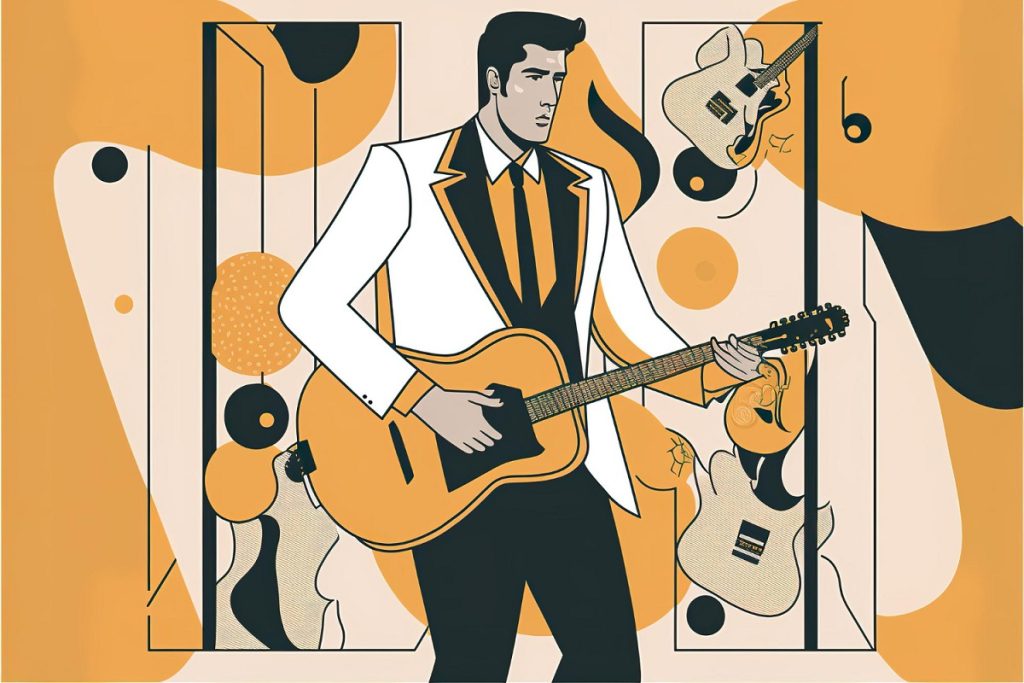In the evolving panorama of popular culture, the music video stands as a dynamic mediator between music and visual artistry, radically transforming from the energetic broadcasts of MTV to the digital ubiquity of YouTube.
This evolution is not just about technological advancements but about a profound shift in how artists connect with their audience and how fans consume music.
This article delves into significant milestones that have shaped the landscape of music videos, revealing why these shifts are pivotal in the music industry.
The pioneering phase: MTV’s reign
The launch of MTV in 1981 heralded a new era in music entertainment. Coined as the iconic phrase “Video killed the radio star”, MTV became the defining platform for music artists to reach a global audience, visually and musically.
Videos like Michael Jackson’s “Thriller” and Peter Gabriel’s “Sledgehammer” did not just capitalize on advanced visual effects of their times but also showcased storytelling through music, establishing MTV as a cultural phenomenon.
Influence of iconic videos
Michael Jackson’s “Thriller”, directed by John Landis, was more than a video; it was a cinematic event that increased the viewership and set a high bar for music video production.
Its intricate choreography, storyline, and makeup effects kept it at the forefront of innovation, impacting how future music videos were conceptualized.
The shift to YouTube
As the digital age took over, MTV’s focus shifted from music videos to reality television, paving the way for platforms like YouTube to dominate.
Launched in 2005, YouTube became the new hub for music videos, offering artists a limitless audience.
Suddenly, artists could bypass traditional media gatekeepers, reaching viewers directly and globally.
Case study: ‘Gangnam Style’
Psy’s “Gangnam Style” (2012) is a testament to YouTube’s global reach. Its catchy tune and humorous dance moves went viral, accumulating billions of views, showing that YouTube could create international superstars almost overnight.
This shift marked a pivotal moment in how music videos were consumed and shared.
Cultural and historical impact
The transition from MTV to YouTube signified more than a change in platform; it reflected a broader democratization of music consumption.
Artists from any part of the world could now gain visibility without the approval of traditional gatekeepers. This change has diversified the type of music that becomes popular and who gets to decide what is seen and heard.
Platforms like YouTube have enabled unknown artists to achieve fame by attracting niche audiences or going viral.
This democratization has led to a more inclusive and diverse musical landscape, where success is no longer confined to the Western music industry’s traditional powerhouses.
The journey from MTV to YouTube reflects not only technological evolution but also a significant cultural shift in music video production and consumption. It underscores a move towards a more connected global culture, where access and visibility are decentralized.
The impact of this evolution continues to influence emerging artists and the global music scene, proving that the essence of music consumption is perpetually dynamic and cyclic. As we continue to adapt to new media platforms, the essence and impact of music videos remain a vivid and potent form of cultural expression.
From the revolutionary impacts of MTV classics to the viral phenomena on YouTube, the evolution of music videos signifies a robust adaptability and lasting influence in the musical and cultural dialogues of our times.






